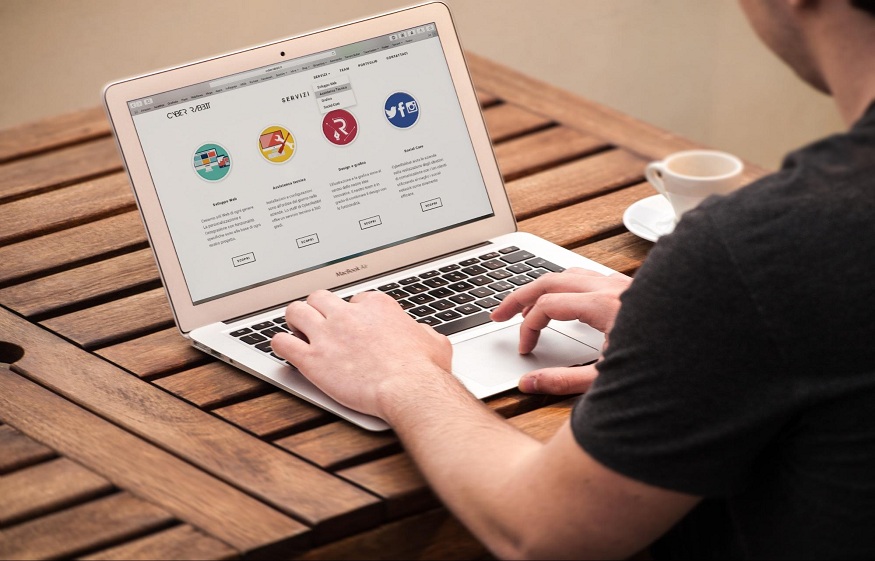
Web Content Accessibility Guidelines (WCAG) involve a detailed set of standards for making online content, starting from websites to mobile apps, more accessible to people with disabilities. Understand ability is an important pillar of the WCAG standards. Content online should be easy to follow and be understood by the users. For most online content, this basically means avoiding too much jargons or complicated sentences, while ensuring providing a clear layout and design. Separate, easy to read information might be needed for certain complex content like medical information. AccessiBe is a popular technology company that is striving to solve the problem of web accessibility through AI, and implement WCAG 2.1 guidelines in online platforms.
AccessiBe underlines what comes under understand ability as a principle of web accessibility
To be compatible with the WCAG 2.1 principle of understand ability, developers have to make sure that website content is readable, predictable, and has the capacity for input assistance. Readable means that the web content must identify the language(s) that text is written in, as well as any kind of unusual words or abbreviations. Content should also be in a predictable order so that it becomes easy for people with disabilities to use and navigate the website. While assistive technologies are certainly advantageous, they can make mistakes when entering information. Hence, the website must provide proper error messages and help prevent errors whenever possible
Content that is understandable essentially would be read and comprehended by users without any kind of undue effort. This means that the content should be understood by both the users themselves and by any assistive technologies like screen readers. People with visual disabilities depend on screen readers and braille displays in order to the text of a website. Screen readers basically convert the digital text into synthesized speech, and read the text aloud. Some systems may convert digital text into Braille output as well for use in a refresh able Braille device. In case the language of the web page is not designated in the markup, the screen reader shall read using the pronunciation rules of the language specified in the default settings of the user. This is fine if a user speaks just a single language and visits pages only in that language. However, in case the user speaks multiple languages, and visits websites in two or more languages, the screen reader cannot switch automatically between languages unless the web page itself specifies the language that has been used. If the screen reader uses incorrect pronunciation rules, the output may not be understandable. The users have to go through the inconvenience of changing the language setting every time when going back and forth between web pages in different languages. This would deteriorate their online experience to a good extent. Developers can prevent this inconvenience by simply specifying the language in the markup.
In many cases, companies opt to satisfy the input assistance criteria for understand ability by making use HTML5 and/or JavaScript for implementing client-side error detection and error handling. Availing AccessiBe solutions can additionally be quite helpful in testing if a website is understandable as per web accessibility standards, or requires certain improvements.

